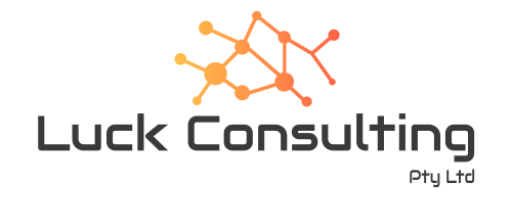JSR342
JSR342 was created on 14 March 2011. JSR107, or JCACHE, is included: In JSR342’s words:
The following new JSRs will be candidates for inclusion in the Java EE 7 platform:
Concurrency Utilities for Java EE (JSR-236)
JCache (JSR-107)…
Isn’t JSR107 inactive?
But how could this happen if JSR107 is inactive?
Well the answer is that we are reactivating it. Oracle (various staff) and Terracotta (mostly me) have started work on the specification with the hope of having a draft spec for review by 20 April. To actually make sure it happens Oracle have allocated resources to work on this project. They are being led by Cameron Purdy, who is co-spec lead along with myself of JSR107 and the founder of Coherence. And of course I founded and still continue to lead Ehcache as CTO of it at Terracotta.
To be officially reactivated we need to submit the draft spec. So reactivation should happen on 20 April.
Motivations for finishing JSR107
Today there are two leading widely scoped frameworks for developing enterprise applications: Spring and Java EE. With the release of Spring 3.1, Spring, heavily influenced by Ehcache Annotations for Spring, has significantly enhanced their caching API. It is easier for Spring because they are a single vendor framework and can do things outside of a standards process. Java EE is still lacking any general purpose caching API. There are some use-specific APIs scattered throughout such as in JPA, but nothing developers can write to. And I know there is a significant need for a general purpose API. So, Java EE 7 wants a general purpose caching API, and this is the primary reason for finishing JSR107.
Another reason is that in-process caching is now heavily commoditised but not standardised. There are more than 20 open source in-process caching projects and another 5 or so commercial distributed caches. But if a user wants to change implementations, they need to change their code. This is akin to database access not having the JDBC standard. So we need to provide a standard API so that users can change caching implementations at low cost.
Scope of JSR107
There has been a bit of discussion about this, but it is most likely that the scope will be as it has been plus two new areas:
- Generics – similar to collections, allow caches to be created with defined keys and values
- Annotations and integration with JSR342 – allow caching annotations so that for example the return value from any functional method can be cached
The draft specification as it has existed for a few years is available under a net.sf.jsr107cache package name on SourceForge. And Ehcache provides an implementation of that draft spec via ehcache-jcache.
Get Involved
It seems a good time to look at the expert group and make a general invitation for new members.
If you are interested and would like to spend some time on this, please email me at gluck At gregluck.com and I can explain how to start. Additions to membership of the JSR107 are by voting of the existing members.
